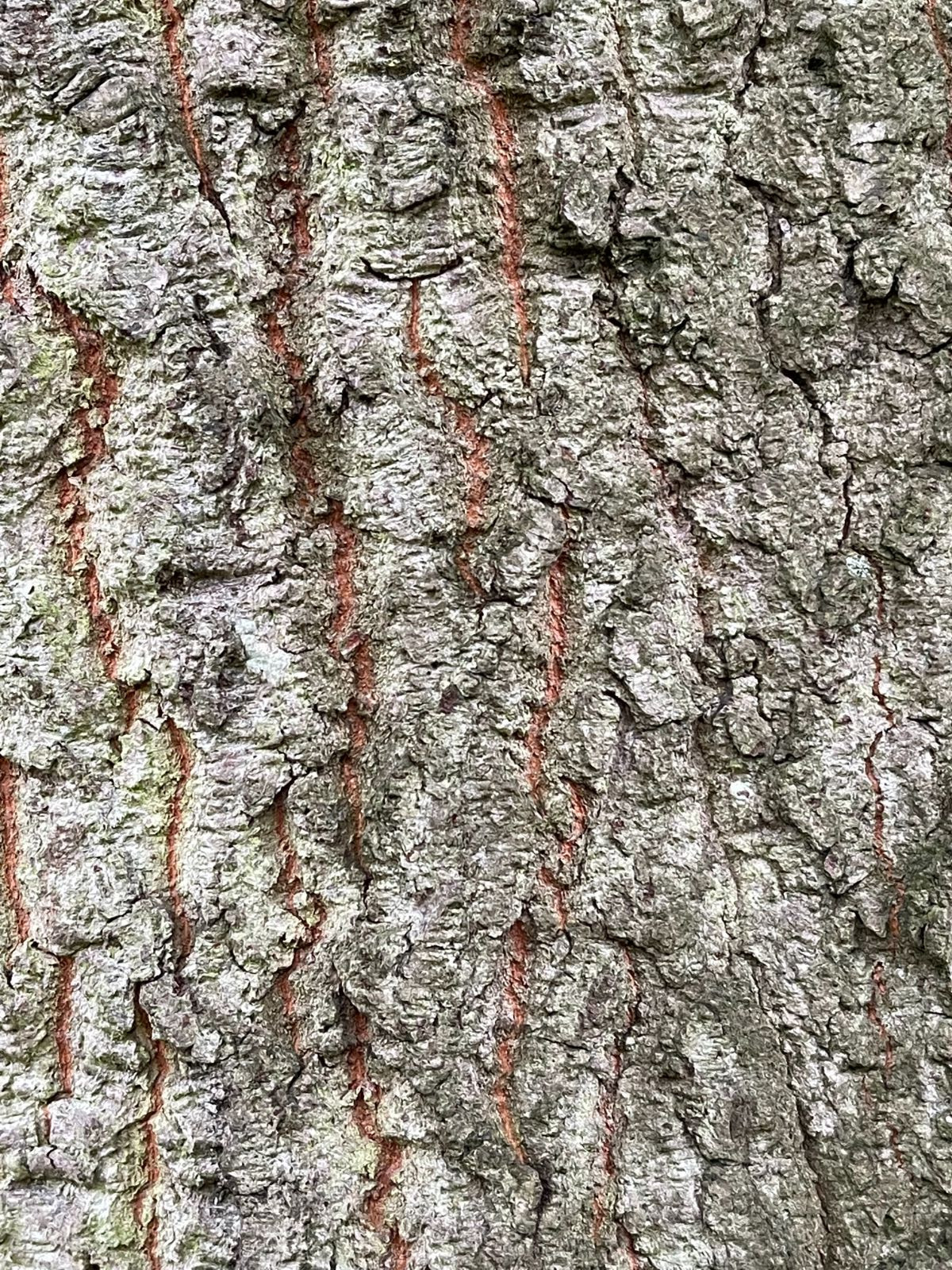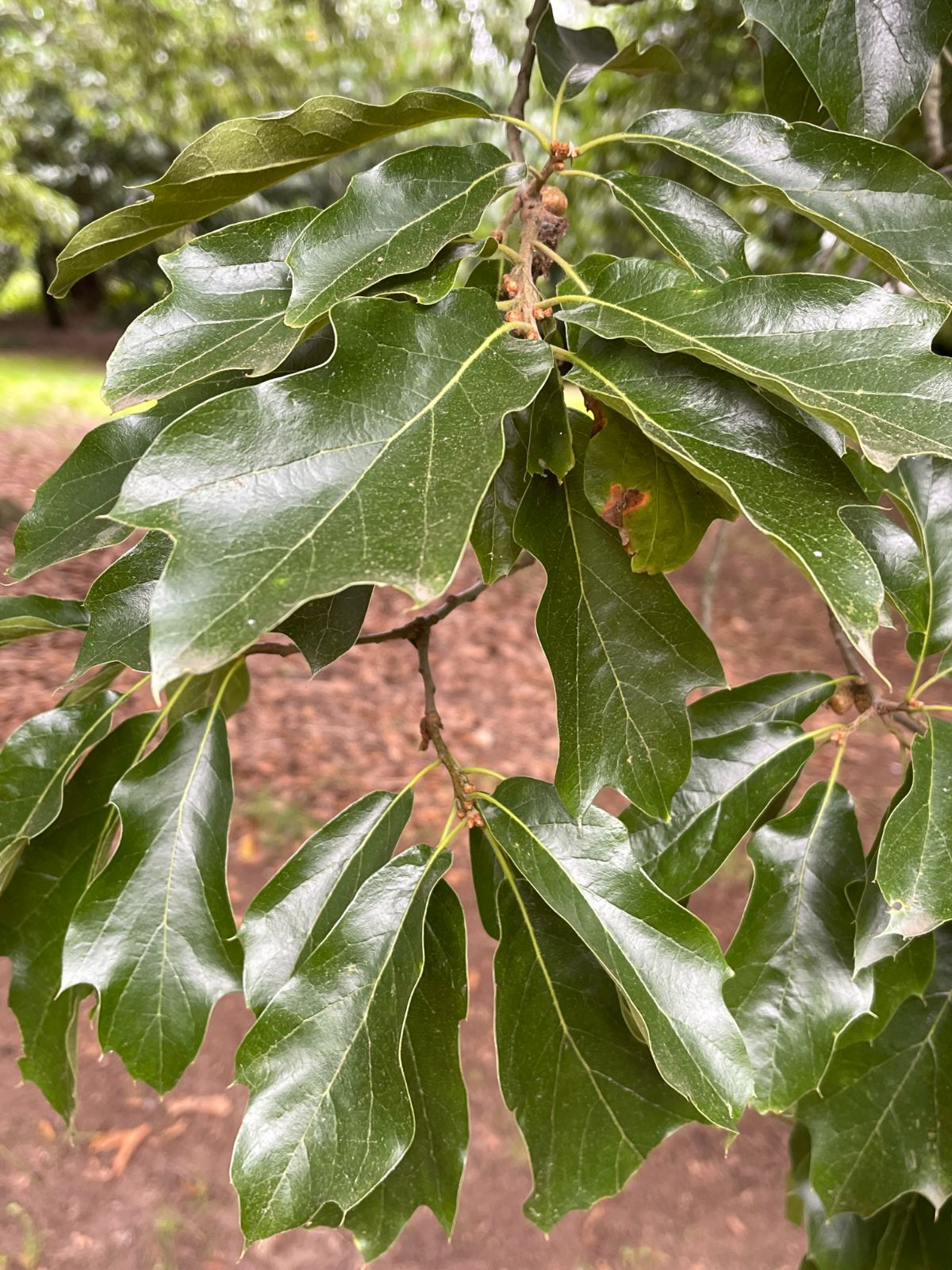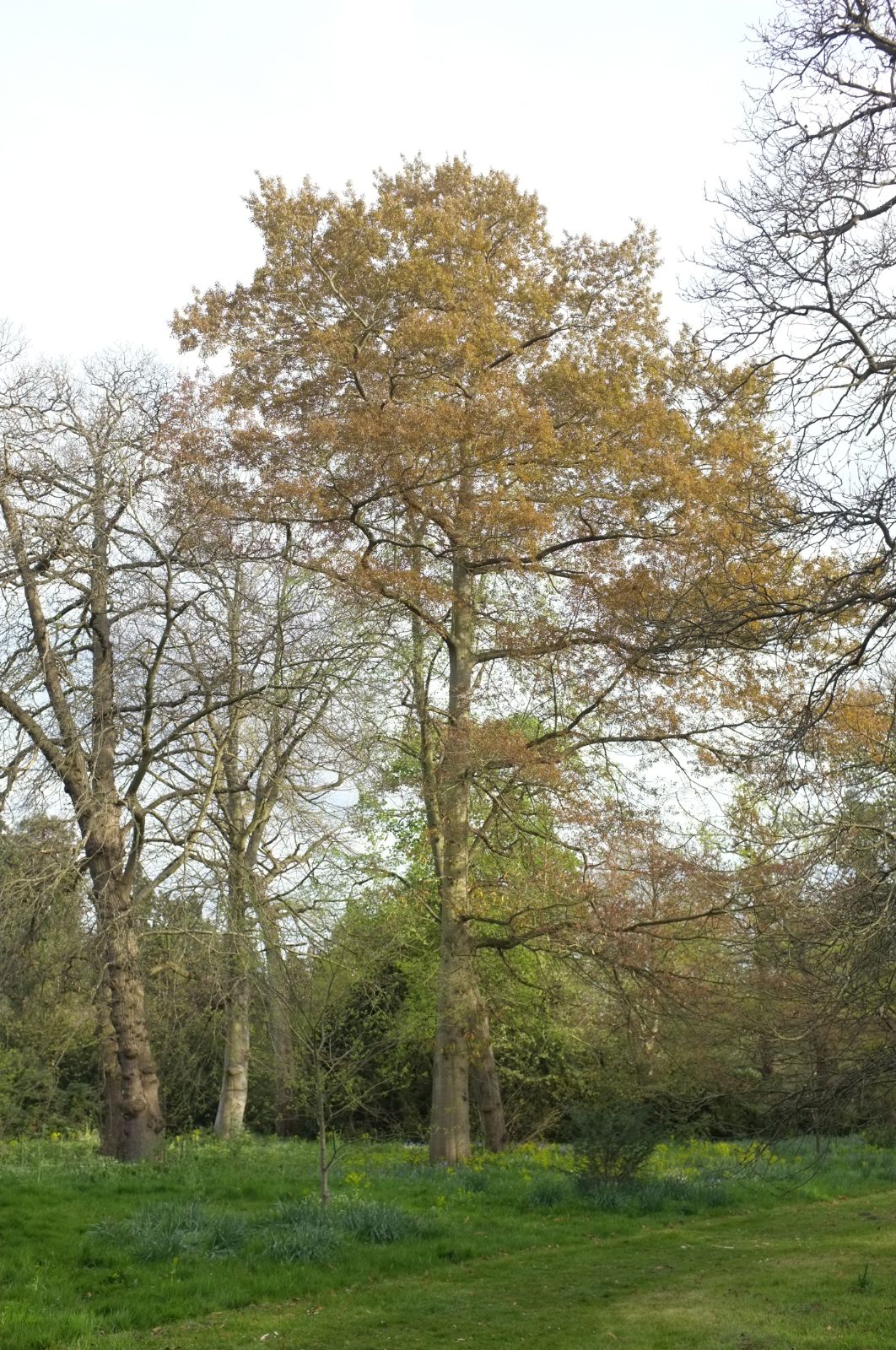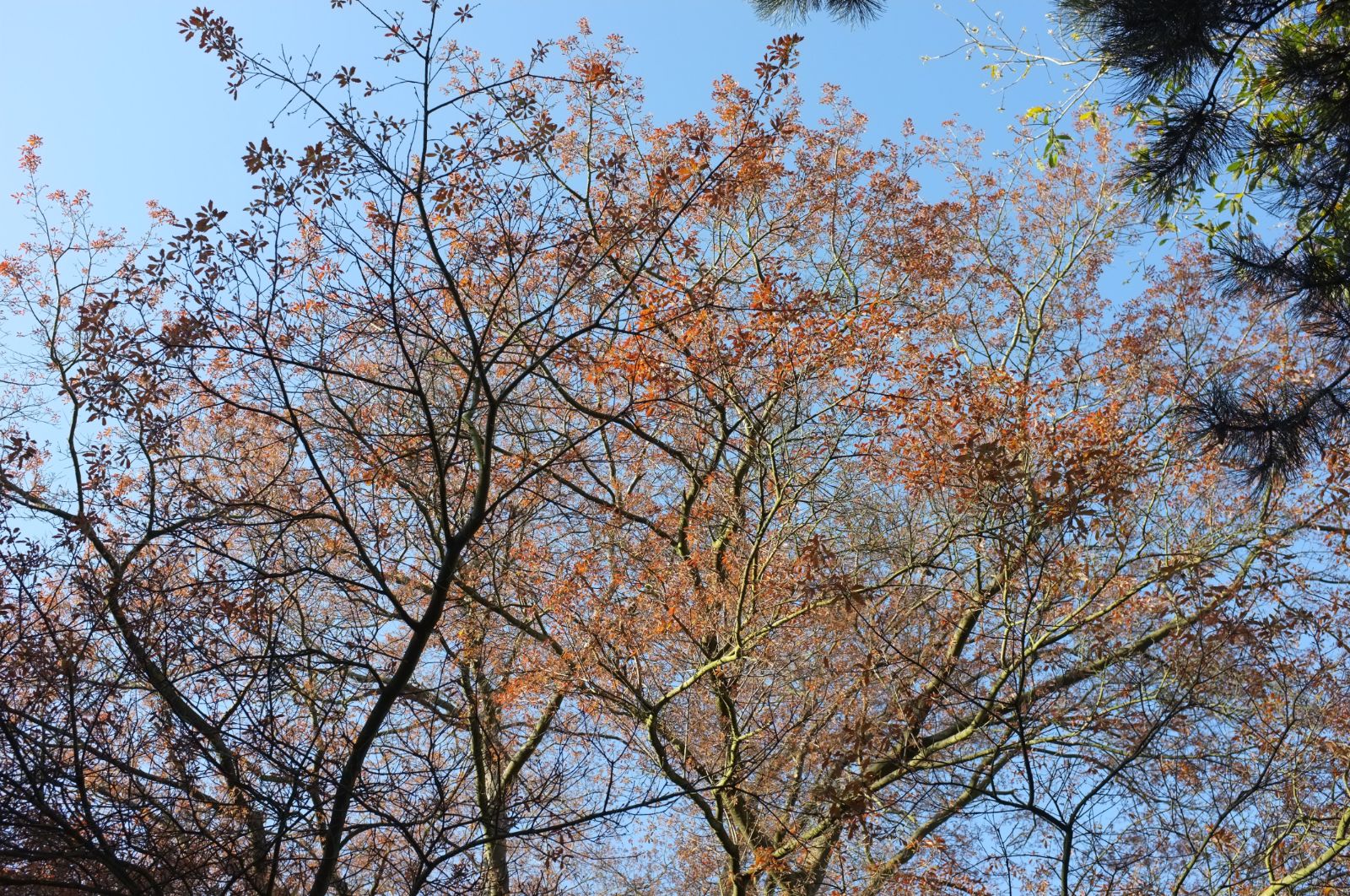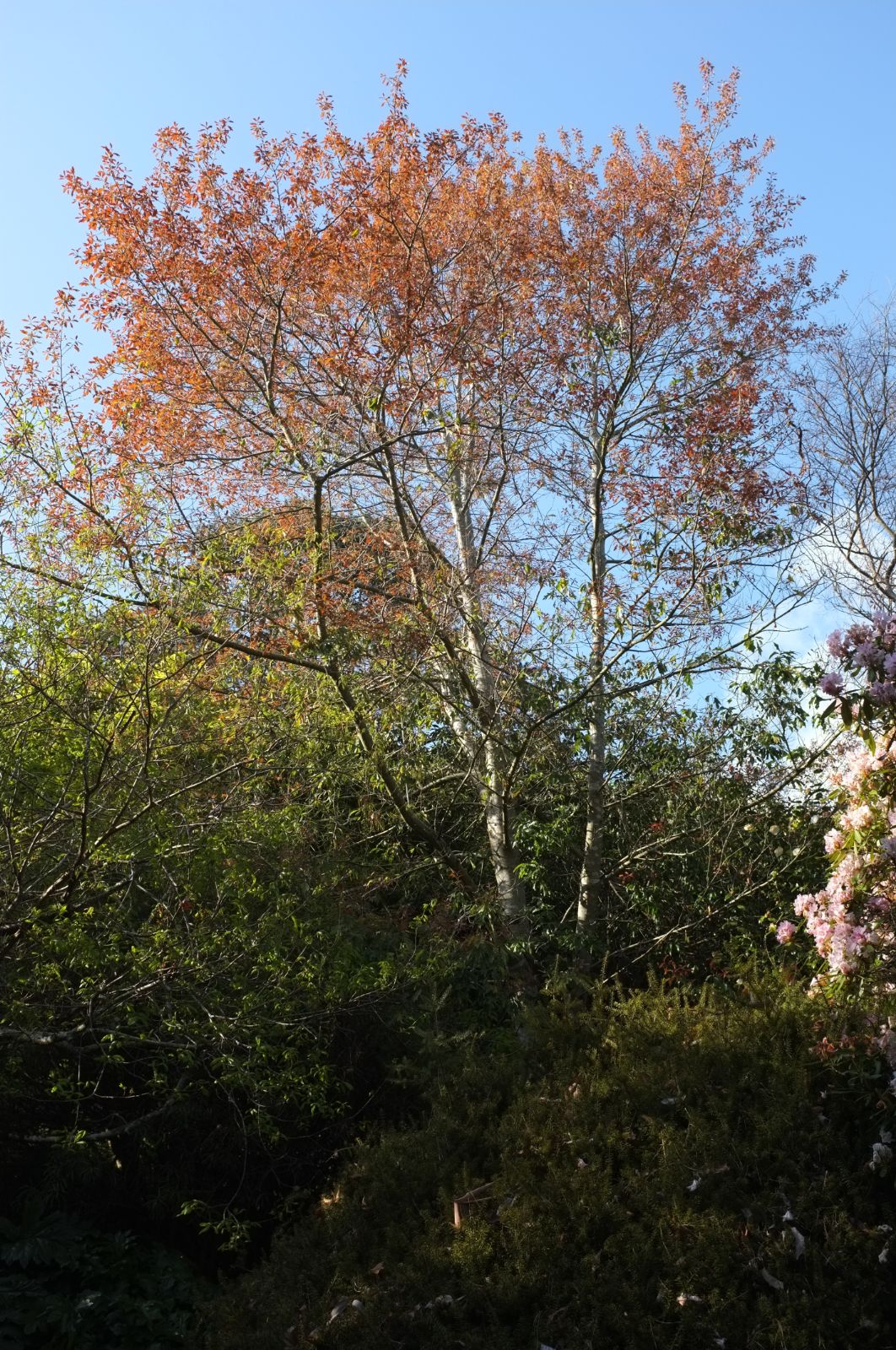Quercus × ludoviciana
Sponsor
Kindly sponsored by
The Trees and Shrubs Online Oak Consortium
Credits
Article from Bean's Trees and Shrubs Hardy in the British Isles
Recommended citation
'Quercus × ludoviciana' from the website Trees and Shrubs Online (treesandshrubsonline.
Genus
Synonyms
- Q. × subfalcata Trelease
- Q. × ludoviciana var. subfalcata (Trelease) Rehd.
Other taxa in genus
- Quercus acerifolia
- Quercus acherdophylla
- Quercus acrodonta
- Quercus acuta
- Quercus acutifolia
- Quercus acutissima
- Quercus afares
- Quercus affinis
- Quercus agrifolia
- Quercus alba
- Quercus aliena
- Quercus alnifolia
- Quercus aquifolioides
- Quercus arizonica
- Quercus arkansana
- Quercus aucheri
- Quercus augustini
- Quercus austrina
- Quercus × auzendei
- Quercus baloot
- Quercus bambusifolia
- Quercus baronii
- Quercus bicolor
- Quercus brantii
- Quercus buckleyi
- Quercus canariensis
- Quercus canbyi
- Quercus candicans
- Quercus castanea
- Quercus castaneifolia
- Quercus cerris
- Quercus chenii
- Quercus chrysolepis
- Quercus coccifera
- Quercus cocciferoides
- Quercus coccinea
- Quercus conspersa
- Quercus crassifolia
- Quercus crassipes
- Quercus delavayi
- Quercus dentata
- Quercus deserticola
- Quercus dolicholepis
- Quercus douglasii
- Quercus dumosa
- Quercus durifolia
- Quercus eduardii
- Quercus ellipsoidalis
- Quercus emoryi
- Quercus engelmannii
- Quercus engleriana
- Quercus euboica
- Quercus eugeniifolia
- Quercus fabri
- Quercus faginea
- Quercus falcata
- Quercus floribunda
- Quercus frainetto
- Quercus franchetii
- Quercus fruticosa
- Quercus fusiformis
- Quercus gambelii
- Quercus garryana
- Quercus geminata
- Quercus georgiana
- Quercus germana
- Quercus gilliana
- Quercus gilva
- Quercus glabrescens
- Quercus glauca
- Quercus graciliformis
- Quercus gravesii
- Quercus griffithii
- Quercus grisea
- Quercus guyavifolia
- Quercus hartwissiana
- Quercus hemisphaerica
- Quercus × hispanica
- Quercus hondae
- Quercus hypargyrea
- Quercus hypoleucoides
- Quercus ilex
- Quercus ilicifolia
- Quercus imbricaria
- Quercus incana
- Quercus infectoria
- Quercus insignis
- Quercus ithaburensis
- Quercus kelloggii
- Quercus × kewensis
- Quercus kiukiangensis
- Quercus laceyi
- Quercus laevis
- Quercus lamellosa
- Quercus lanata
- Quercus lancifolia
- Quercus laurifolia
- Quercus laurina
- Quercus × leana
- Quercus leucotrichophora
- Quercus × libanerris
- Quercus libani
- Quercus lobata
- Quercus lobbii
- Quercus lodicosa
- Quercus longinux
- Quercus longispica
- Quercus look
- Quercus macranthera
- Quercus macrocalyx
- Quercus macrocarpa
- Quercus macrolepis
- Quercus marilandica
- Quercus mexicana
- Quercus michauxii
- Quercus mongolica
- Quercus monimotricha
- Quercus montana
- Quercus morii
- Quercus muehlenbergii
- Quercus myrsinifolia
- Quercus myrtifolia
- Quercus nigra
- Quercus × numidica
- Quercus oblongifolia
- Quercus obtusata
- Quercus oglethorpensis
- Quercus oxyodon
- Quercus pagoda
- Quercus palmeri
- Quercus palustris
- Quercus pannosa
- Quercus parvula
- Quercus petraea
- Quercus phellos
- Quercus phillyreoides
- Quercus planipocula
- Quercus poilanei
- Quercus polymorpha
- Quercus pontica
- Quercus prinoides
- Quercus pubescens
- Quercus pyrenaica
- Quercus rehderiana
- Quercus reticulata
- Quercus robur
- Quercus rotundifolia
- Quercus rubra
- Quercus rugosa
- Quercus rysophylla
- Quercus sadleriana
- Quercus salicina
- Quercus sartorii
- Quercus × schneideri
- Quercus schottkyana
- Quercus semecarpifolia
- Quercus senescens
- Quercus serrata
- Quercus sessilifolia
- Quercus setulosa
- Quercus shumardii
- Quercus sinuata
- Quercus spinosa
- Quercus stellata
- Quercus stenophylloides
- Quercus suber
- Quercus subspathulata
- Quercus tarokoensis
- Quercus tatakaensis
- Quercus texana
- Quercus tomentella
- Quercus trojana
- Quercus tungmaiensis
- Quercus turbinella
- Quercus × turneri
- Quercus undulata
- Quercus utahensis
- Quercus utilis
- Quercus uxoris
- Quercus variabilis
- Quercus velutina
- Quercus virginiana
- Quercus vulcanica
- Quercus warburgii
- Quercus wislizenii
- Quercus xalapensis
A medium-sized tree; young shoots scurfy at first; buds light brown, the scales slightly ciliate. Leaves copper-tinted when young, in general outline obovate to elliptic, mostly with a well-developed lobe on either side in the upper half, other leaves with more numerous, unequal lobes; terminal lobe entire or obscurely lobulate, usually acute and sometimes falcate, lateral lobes acute or obtuse, mostly bristle-tipped, base of blade cuneate, usually asymmetric, overall size of lobed leaves 41⁄2 to 7 in. long, 2 to 33⁄4 in. wide; terminal leaf on some shoots narrow-elliptic, almost entire and, e.g., 31⁄2 in. long, 5⁄8 in. wide; blade dark glossy green, glabrous above, underside paler, dull green, slightly scurfy and with abundant loose tawny down on each side the midrib and main laterals; petioles 1⁄4 to 3⁄8 in. long. Flowers and fruits not seen.
A hybrid between Q. falcata var. pagodifolia and Q. phellos, described by Professor Sargent in 1913 from a tree found in St Landry parish, Louisiana. The description given above is made from a tree at Borde Hill in Sussex, identified as being this hybrid by Dr Rehder of the Arnold Arboretum in 1932. It came from Rovelli’s nursery, Pallanza, Italy, but under what name is not recorded. It agrees moderately well with the dried specimen from the type-tree sent by Prof. Sargent to Kew, except that in this specimen there are numerous ‘phellos-type’ leaves at the end of the shoot, which are up to 7 in. long and only 3⁄4 to 11⁄4 in. wide, lobed, undulate or entire. On the Borde Hill tree such leaves are sparsely produced and on the tree at Kew in the Oak collection, which is otherwise similar, they have not been noticed.
Q. × ludoviciana, as seen in cultivation, is one of the most ornamental of the oaks, with healthy, glossy foliage richly tinted when it unfolds and remaining on the tree without withering until late in the autumn. The example at Kew in the Oak collection by the Thames, pl. 1936, measures 42 × 23⁄4 ft (1967).
In Q. × ludoviciana ‘microcarpa’ all the leaves are elongate, up to 41⁄2 in. long and 1 in. wide, some entire and others with up to five rather sharp lobulate teeth on each side, underside scurfy, with denser hair on the midrib. It was sold by Booth of Hamburg, before 1880, apparently as “Q. rubra” or “Q. phellos microcarpa”. It is not known to be in cultivation in this country.
The hybrid named Q. × subfalcata by Trelease is thought to be Q. phellos crossed with typical Q. falcata. It appears to be very similar to typical Q. × ludoviciana.
From the Supplement (Vol. V)
The tree at Kew in the Oak Collection, pl. 1936, measures 64 × 51⁄4 ft (1978). This is a cutting from the Borde Hill tree, so the similarity noted is hardly surprising. There are two other examples at Kew, from the same source.


